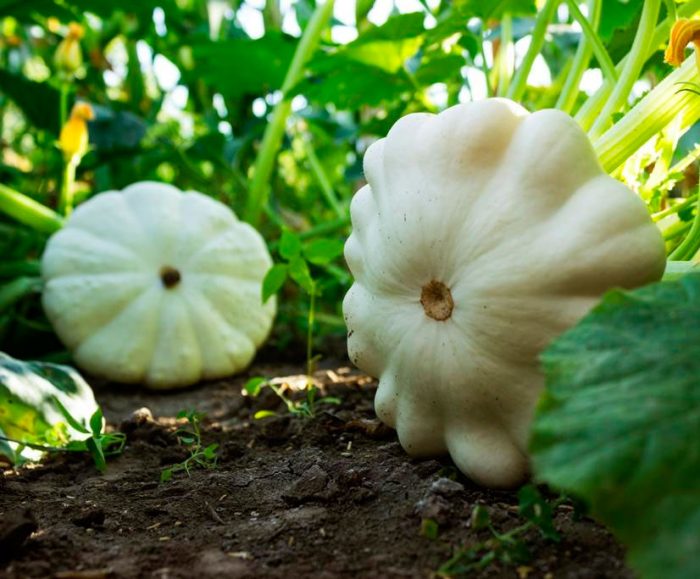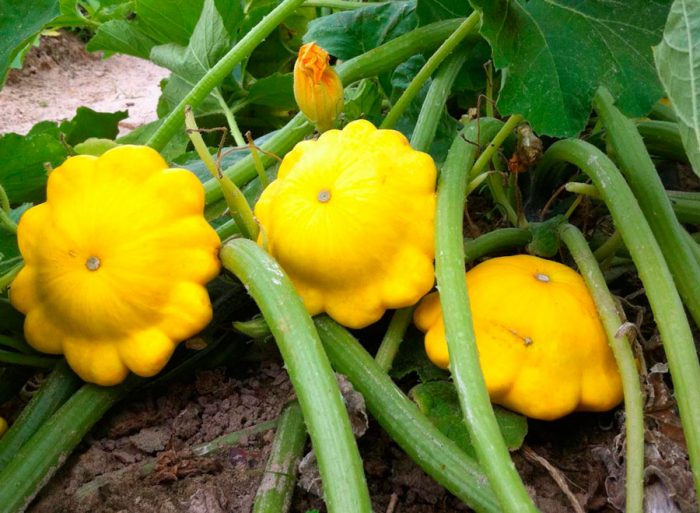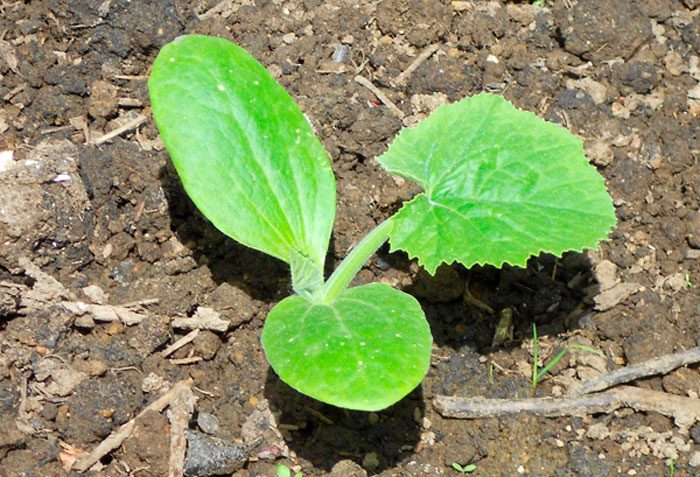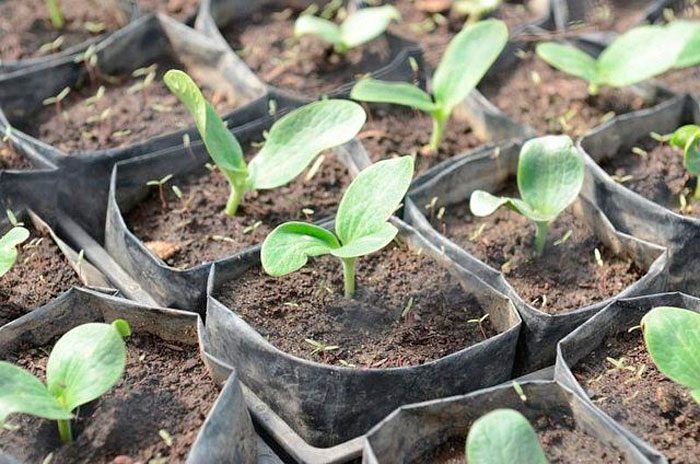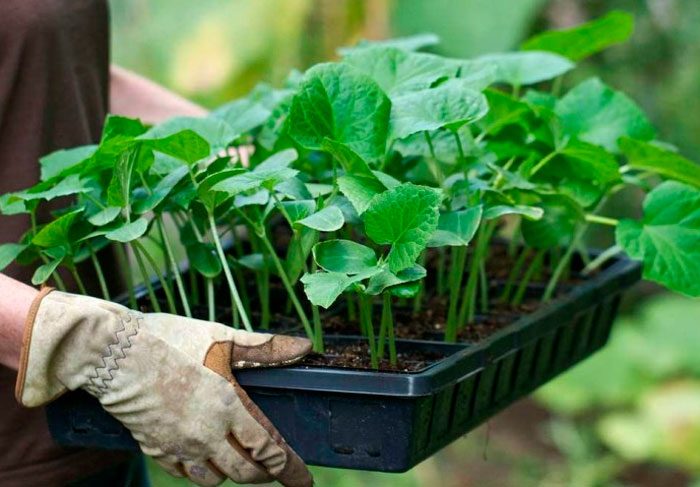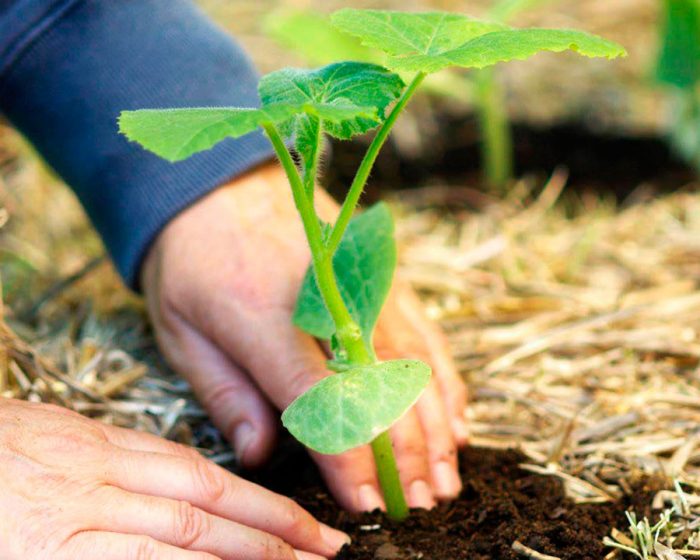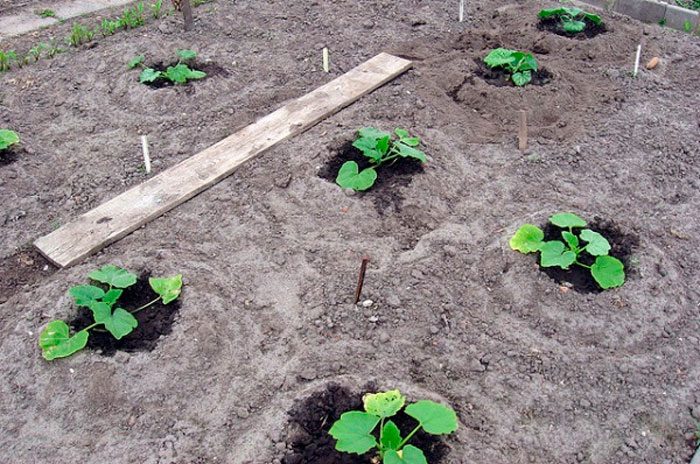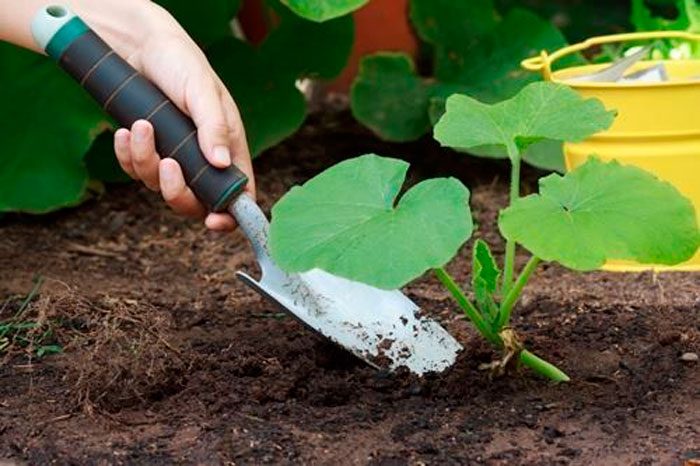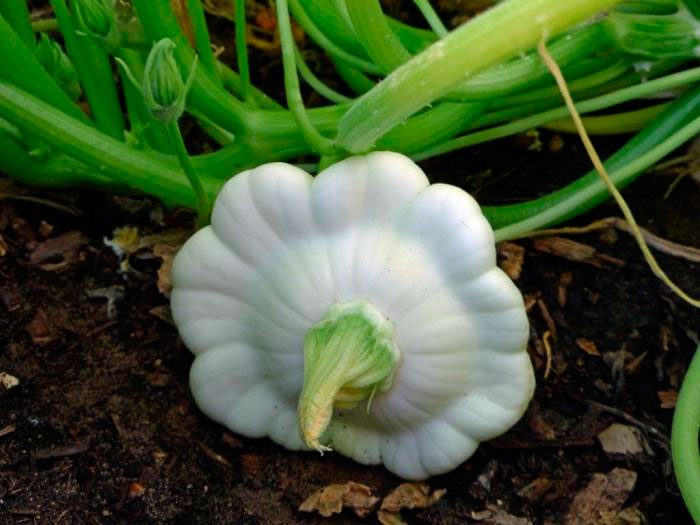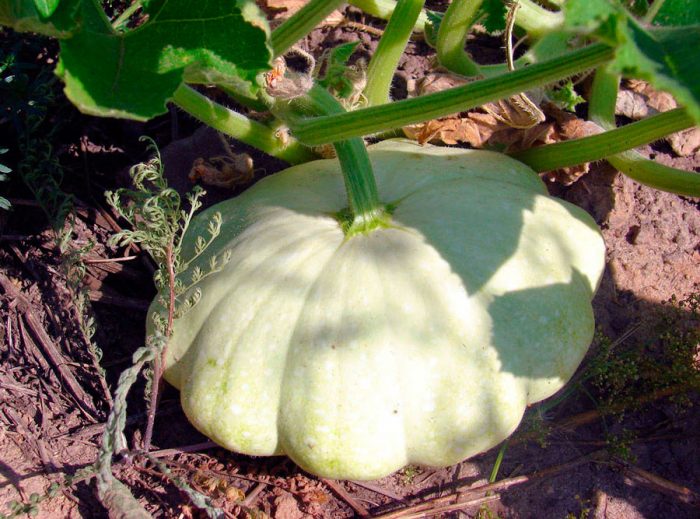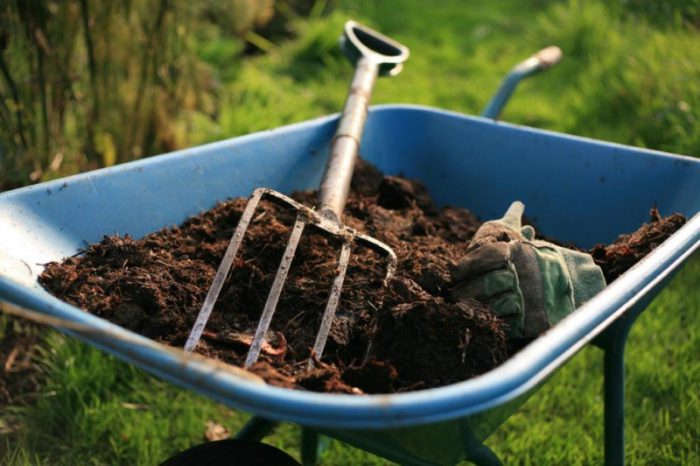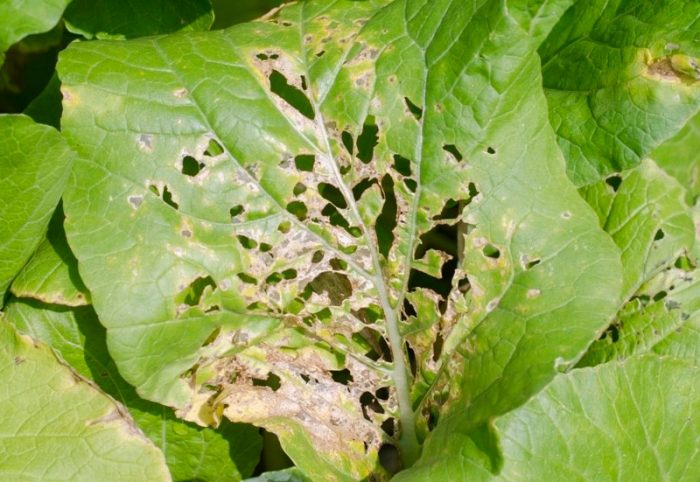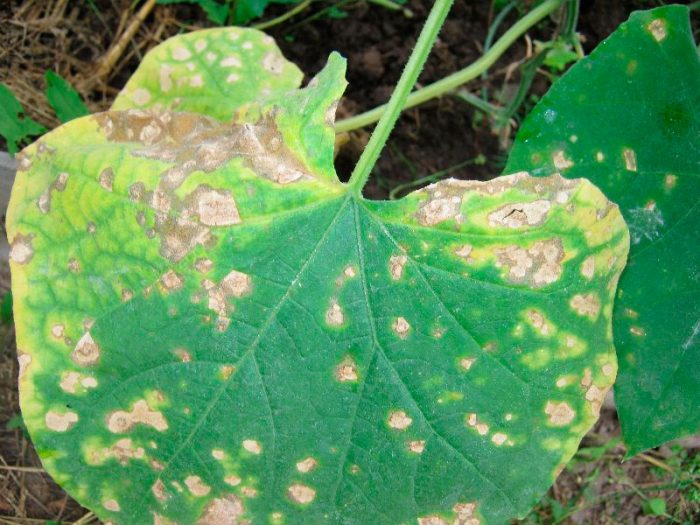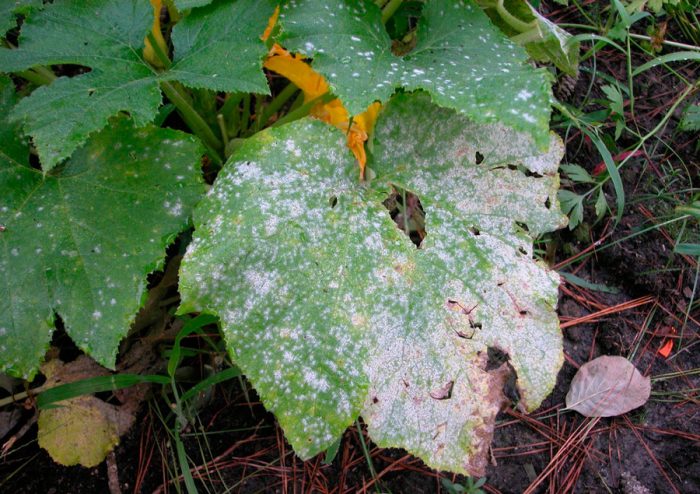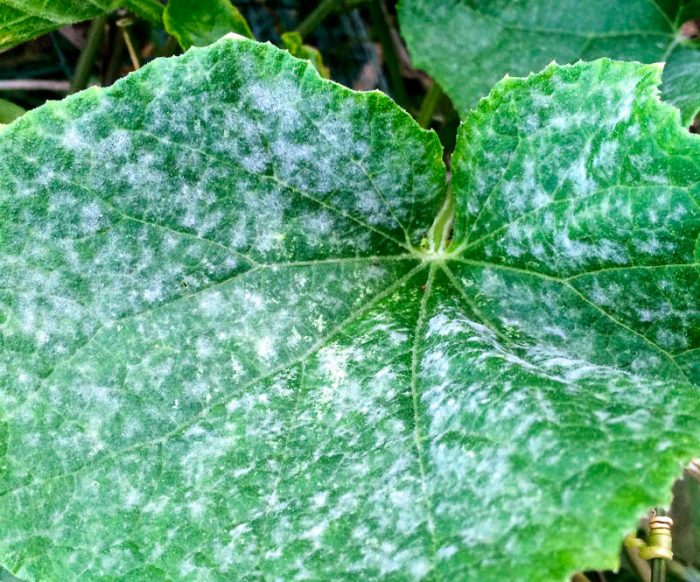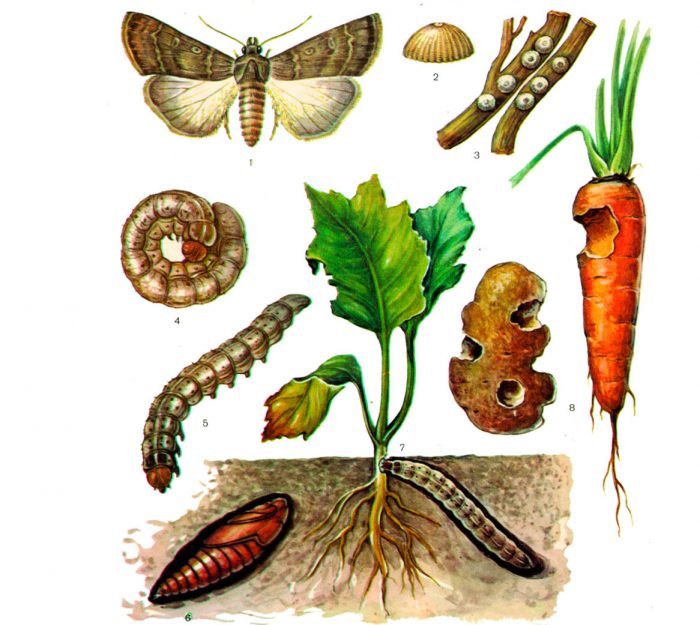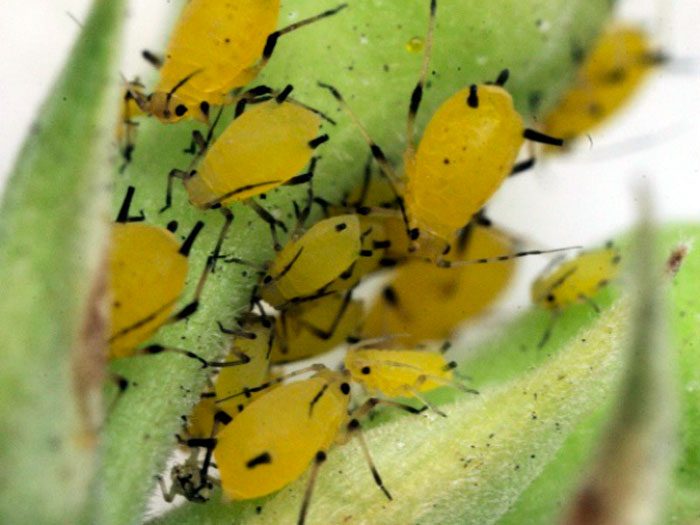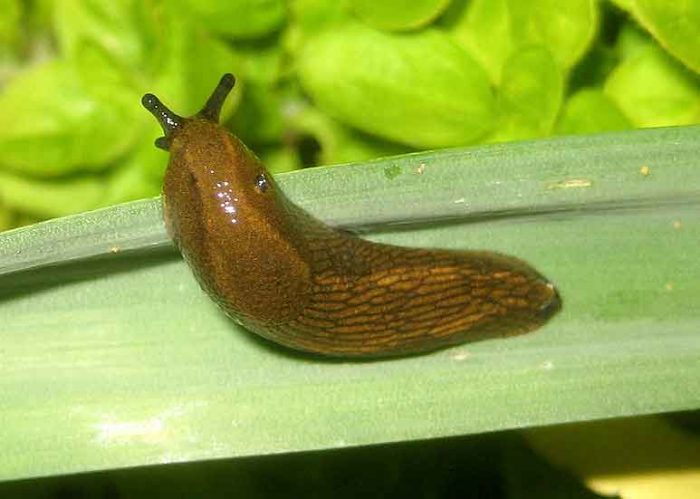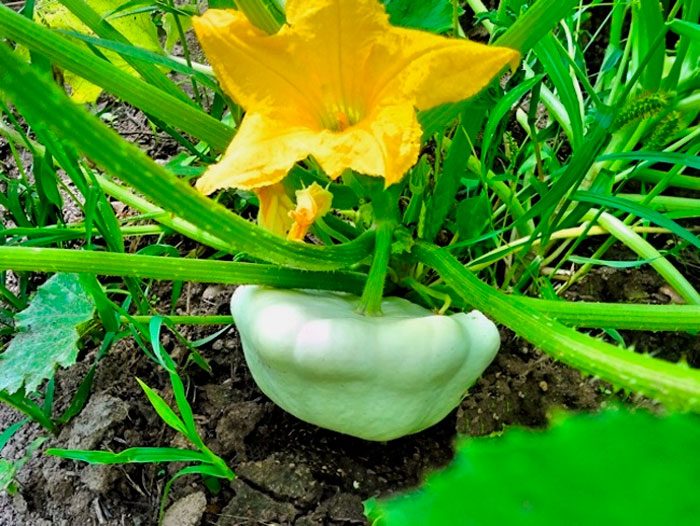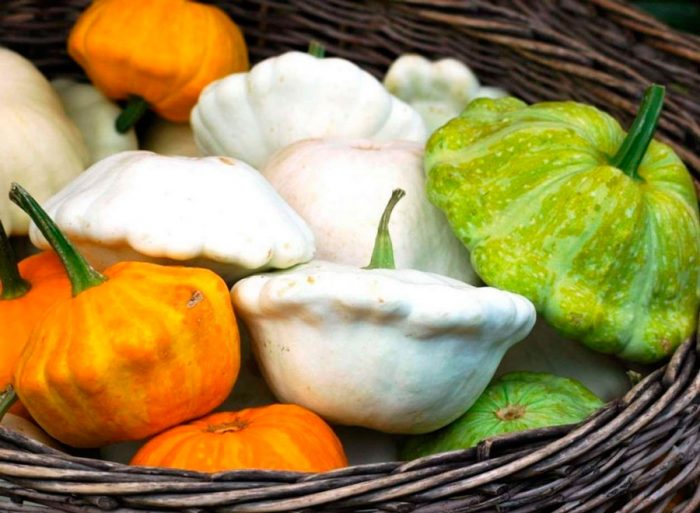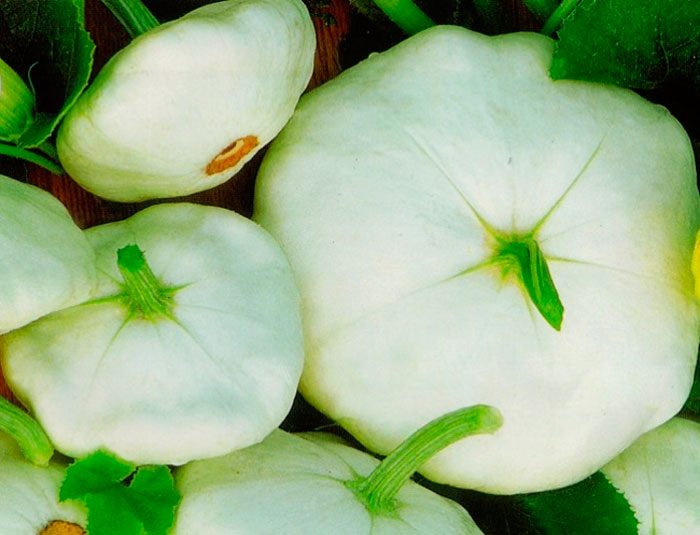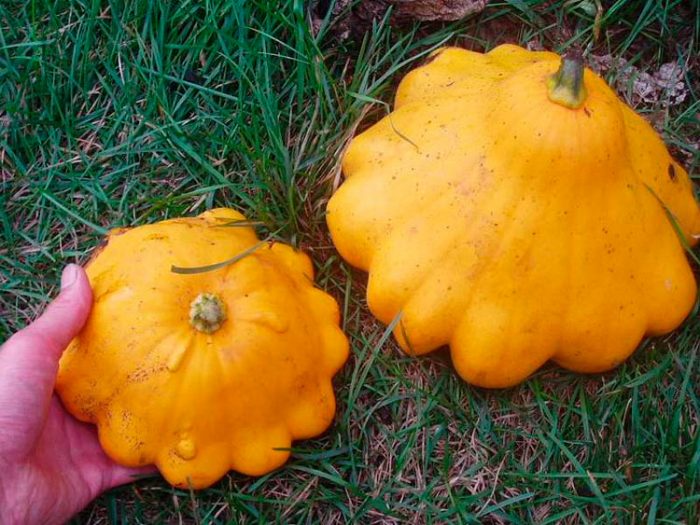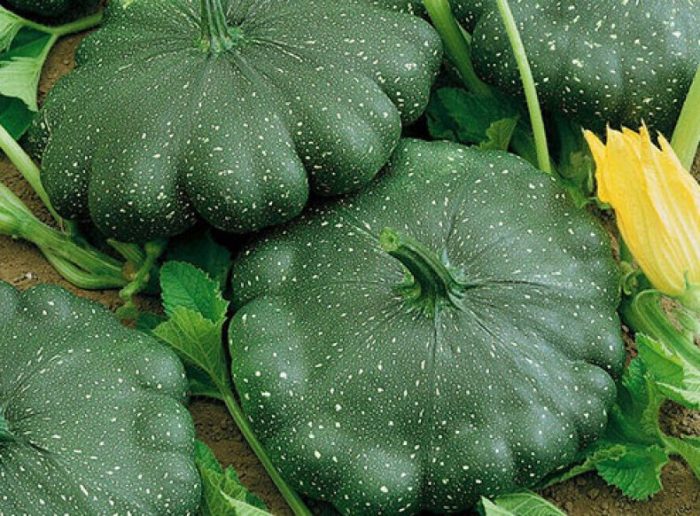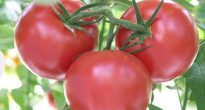Vegetable culture squash, also called dish pumpkin, is a type of common pumpkin. Such a herbaceous annual plant cannot be found in natural conditions, but it is very popular among gardeners. In the 17th century, squash were brought to Europe from America, where they became very popular, and after only 200 years they began to be cultivated even in Siberia. The name squash is derived from the French word "pate", which translates as "pie", which is directly related to the unusual shape of the fruit. In the Russian classification of plants, this culture is recorded as Cucurbita pepo var. Patisson, while internationally as Cucurbita pepo subsp. ovifera, var. ovifera.
Content
Features of the patisson
Squash is a herbaceous annual plant that has a bushy and semi-bushy form. Comparatively rigid sheet plates are large. Yellow single flowers are monoecious and unisexual. Fruit shape. which is a pumpkin, depending on the variety, it can be bell-shaped or disc-shaped, and it is painted green, purple, white or yellow, there is also a variegated color - with specks or stripes.
This culture is appreciated for the rather high taste of pumpkins, which are fried, stewed, pickled and salted. Their taste is similar to zucchini, however, it is very delicate, so it can be compared to asparagus or artichoke. Such a fruit belongs to dietary products and it is recommended to eat it for diseases of the liver, stomach or kidneys, and it will also be useful for atherosclerosis. Patisson has a powerful diuretic effect, so it helps to remove excess fluid from the body and wash out salt.
Growing squash from seeds
Sowing in open ground
Squash can only be propagated by seed, while the seed can be purchased in a specialized store or prepared on your own, for this you need to extract it from the pumpkin, which is very ripe.This plant can be grown both in a non-seedling way and through seedlings. Regardless of where you sow the seeds, they need mandatory seedbed preparation. For this, the inoculum must be placed in a solution of an agent that stimulates growth for 24 hours. After the seeds have been well rinsed with clean water, they should be placed in a moistened gauze and removed to a warm place (20 to 25 degrees), where they will spend 2 days. There is another method of preparing seeds for sowing, for this they are kept for 5-6 hours at a temperature of 50 to 60 degrees. If the seeds are properly prepared before sowing, then the likelihood that the bushes that have grown from them will be affected by incurable viral diseases is significantly reduced.
Also, gardeners very often resort to hardening the seed. First, the seeds are poured into cloth bags, which are placed in a warm place for 6 hours (from 18 to 20 degrees), then they are kept for 24 hours at a temperature of 0 to 1 degrees. Do not forget to disinfect the seed immediately before sowing; for this, use a solution of potassium manganese (1%). After that, they must be rinsed in clean water and wait until they dry.
The site for sowing squash must be prepared in the fall. And when in the spring in the last days of May the soil warms up well, and return spring frosts remain behind, the surface of the site must be leveled with a rake, after which all the weeds must be pulled out and the beds made. Then, planting pits 70x70 centimeters in size are dug, as a result of this, the planting will not be excessively thick, which is a good prevention of rot. Several seeds are sown in one hole, they should be buried in the soil by about 80 mm, then they are covered with earth and carefully watered. Then the soil in the holes must be compacted, and its surface must be covered with a film, which is removed after the seedlings appear.
How to grow through seedlings
In order for the fruits to appear on the bushes of the squash relatively early, they should be grown through seedlings. Sowing seeds for seedlings is carried out in the second or third decade of April. To do this, use separate cups, reaching from 8 to 10 centimeters in diameter, which are filled with a substrate consisting of forest soil and humus. In 1 cup, 2 seeds are sown, which should be buried into the substrate by 30–40 mm. The containers are covered with glass or foil on top and removed to a very warm place (from 28 to 32 degrees). When the seedlings grow up, the shelter must be removed, and the cups must be moved to a cooler place: in the daytime about 22 degrees, and at night - up to 18 degrees. By reducing the air temperature, it is possible to prevent the stretching of the plants, while they will spend their energy on the growth and development of the root system and cotyledonous leaf plates. After 7 days, if necessary, you can return to the previously used temperature regime.
It is relatively easy to care for such seedlings, so, it needs to be watered and fed in a timely manner. After the seedlings are 1.5 weeks old, they will need to be fed with a mullein solution (1:10), into which the superphosphate infusion is poured. To prepare such an infusion, you need to mix 15 grams of superphosphate with a not very large amount of water, after 24 hours the liquid is poured into the mullein solution, while the sediment remaining at the bottom of the container must be thrown out. Before proceeding with planting seedlings in open soil, it must be fertilized again; for this, a solution of nitrophoska is used (for 1 bucket of water 50 grams of substance).
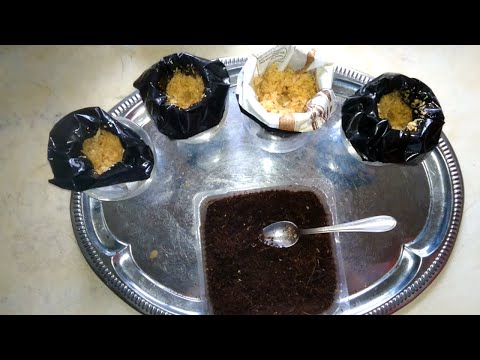

Watch this video on YouTube
Pick rules
Many gardeners are wondering how to properly dive the seedlings of such a plant? Initially, when sowing, one must take into account the fact that it cannot be dived at all.After the plants have formed real leaf plates, it will be necessary to leave one seedling in each cup, and the second should be cut off with scissors or with a knife directly above the surface of the substrate, it cannot be pulled out, since this can injure the root system of the remaining squash.
How to grow in a greenhouse
Sowing seeds for seedlings for planting in a greenhouse is carried out in the last days of April, while you need to take separate cups, which reach 10 centimeters across. They are filled with a substrate, which includes sod land or peat, humus and sawdust or sand in a ratio of 5: 4: 1. Before filling the soil mixture in the container, it must be prepared. To do this, it will be combined with 5 grams of potassium sulfide, 6 grams of double superphosphate, 7 grams of ammonium nitrate and 6 grams of chalk per 10 liters of substrate, everything is mixed well and watered. Seeds are sown in 2 or 3 pieces in 1 cup, they are buried in the substrate by about 30 mm, then the containers are covered with film or glass from above and removed to a place where the air temperature is from 22 to 25 degrees during the daytime, and from 17 to 18 degrees. After the appearance of the first seedlings, the shelter must be removed, and with the help of ventilation, the air temperature should be lowered: in the daytime from 18 to 20 degrees, and at night - from 15 to 17 degrees. After 7 days, you must return to the previous temperature regime.
During the growth of seedlings of this culture in the greenhouse, it will need to be rarely, but abundantly watered. And after watering, you must not forget to ventilate the greenhouse. After the age of the seedlings reaches 1.5 weeks, they should be fertilized with a solution of mullein (1:10), into which nitrophosphate is poured (50 grams of substance per bucket of solution). If the seedling is healthy, then immediately before planting in open soil, it should have a low, powerful stem with short internodes, as well as 2 or 3 well-developed true leaf plates. From the greenhouse, seedlings are planted in open soil in the first days of June.
Planting squash in the ground
What time to plant in open ground
Seedlings of squash, which grow indoors, will be ready to be transplanted into open soil when it is 20-30 days old, while the plants should have 2 or 3 well-developed true leaf plates. Planting of such seedlings is carried out approximately in the last days of May or the first days of June. Before you start planting the squash in the garden, they must be hardened. For hardening, the plant should be transferred to the wired veranda or in the room where they are located, you need to open the window every day, while the duration of such a procedure must be increased gradually. When 1 or 2 days remain before disembarkation, the window does not need to be closed at all.
Suitable soil
A site suitable for growing this crop should be well lit and have reliable protection from the wind, it should be located on the southwestern or southern side of the garden. In this case, the groundwater at the site must lie deep enough. Squash is ideally suited for neutral loam, as well as loose black soil. If the soil is acidic, then such a plant will grow very poorly on it, in order to fix this, wood ash should be added to it. Good predecessors of this plant are crops such as green manures, cabbage, radishes, carrots, onions, herbs, tomatoes, peas, potatoes and early vegetables. And on the site where pumpkins, squash, cucumbers or zucchini were previously grown, this culture cannot be planted.
Prepare a site for planting in advance, they do it in the autumn. To do this, you need to dig up the soil, into which you need to add rotted manure and mineral fertilizers:
- if the soil is peaty, then it is necessary to add 1 tsp into it for digging to a depth of 20 to 25 centimeters.potassium sulfate, 2 kilograms of organic fertilizer, 2 tbsp. l. wood ash and 1 tsp. superphosphate per 1 square meter of land;
- clay soil in the autumn must be dug to the depth of a shovel bayonet, while 2-3 kilograms of peat should be added to it, to which sawdust and humus are added, and another 2 tbsp. l. wood ash and 1 tbsp. l. superphosphate per 1 square meter of the site;
- sandy soil also needs to be dug up, adding 1 bucket of sod land, 3 kilograms of humus, 1 bucket of peat and 3 kilograms of sawdust per 1 square meter of land to it, and you should also use the same fertilizers as for clay soil;
- in chernozem soil should be brought under digging 1 tbsp. l. powdered superphosphate, 2 kilograms of sawdust and 2 tbsp. l. wood ash per 1 square meter of land.
In spring, when 3-5 days remain before planting seedlings in open soil, the bed should be shed with Agricola-5 solution (for 1 bucket of water 2 tablespoons of substance), while 3 liters of such a mixture is taken per 1 square meter of the plot. Then the surface of the bed should be covered with a film, it is removed only before planting seedlings in open soil.
Seedling planting rules
Squash seedlings are planted on the garden bed in calm weather in the evening or on a cloudy day. First, you need to make holes, the depth of which should be at least 12 centimeters, while the distance between them should be 70x70 centimeters. Before planting the patissons, the planting hole should be shed with lukewarm water, then the plant is gently poured into it along with a lump of earth, while the bush should be positioned so that the cotyledon leaves are placed on the same level with the surface of the site. Then the required amount of soil must be poured into the hole, after which its surface is tamped and covered with a layer of mulch (peat). The first days, planted squash, must be protected from direct sunlight.
Squash care
Squash growing in open soil must be watered, fed in a timely manner, and do not forget to systematically remove weeds. It is best to pull out weeds after the garden is watered or it has rained. It is necessary to weed the squash with a typer very carefully, because they have a superficial root system. Since the roots of such a plant are located almost at the surface of the soil, it is forbidden to loosen it, and it is also recommended to cover the bed with a layer of mulch (sawdust, peat, or others).
If the bushes are actively growing leaves, but at the same time there are very few fruit ovaries, then in sunny weather in the morning 1 or 2 leaf plates must be removed from the plant, this is done again after 4–5 days. It should also be remembered that for the formation of ovaries, such a culture requires pollinating insects; therefore, when the bushes bloom, it is recommended to attract wasps, bees or bumblebees to the site, for this they are sprayed with a sweet solution (for 1 liter of water 100 grams of granulated sugar). If the plants are still not pollinated, then artificial pollination will have to be carried out. To do this, in the morning you need to cut off several male flowers with a long stem, they should be carefully drawn over the female flowers with a short stem. But first, inspect the flowers, if they contain droplets of water left after watering or rain, then they cannot be used for this procedure, since pollination in this case will not occur. The fewer male flowers are taken for artificial pollination of the female flower, the fewer seeds will be in the fruit.
How to water
Seedlings planted in open ground should be given regular, frequent and abundant watering until they take root in a new place. During the formation of fruits, the bushes also need abundant watering.
Water for irrigation is used well-settled and lukewarm (from 22 to 25 degrees).Before the bushes bloom, they should be watered once every 5 or 6 days, while 6 to 8 liters of water are taken per 1 square meter of the plot. During flowering and the formation of ovaries, the bushes are watered once every 3-4 days, while 8 to 10 liters of water are used per 1 square meter of the plot. It is necessary to water the bushes carefully so that drops of liquid do not fall on flowers, foliage and ovaries; for this, water should be poured under the root or into grooves that are made in advance around each squash. It should be noted that frequent and abundant watering contributes to the exposure of the roots of the bushes, which is why, throughout the entire growing season, the surface of the beds is covered with a layer of mulch, if necessary.
If the developing fruits lie on the surface of the site, then it is recommended to put a piece of board under them, which will prevent the development of rot due to contact with the moistened soil.
Top dressing of squash
Patissons grown in open soil need only 2 dressings throughout the growing season. Before the bushes bloom, 20-30 grams of ammonium sulfate and potassium sulfate should be added to the soil, as well as 15-25 grams of double superphosphate per 1 square meter of the plot. During the ripening of the formed fruits, the bushes must be fed again, for this use the following nutrient solution: add 20–25 grams of ammonium sulfate, 40–50 grams of potassium sulfate and the same amount of superphosphate to 1 bucket of water. If desired, mineral fertilizers can be replaced with organic matter; a solution of chicken manure (1:20) or mullein (1:10) is best suited for this.


Watch this video on YouTube
Pests and diseases of squash with photos and names
Diseases
Most often, squash is sick with ascochitis, powdery mildew, anthracnose, white rot and black mold. These diseases are fungal, and in order to cure the plant affected by them, it is necessary to process it in a timely manner, and for this one should know the signs of damage to the bush by this or that disease.
Anthracnose
In a plant that is affected by anthracnose, large watery specks of a pale yellow color form on the foliage, and a coating of pink spores of the fungus appears on the surface of the veins. After that, pink sores are formed on the fruits, shoots and petioles, which turn black by the onset of the autumn period. Such a fungal disease is most active in rainy weather.
Ascochitosis
When patissons are affected by ascochitosis, black spots form on the stems, in the nodes of the shoots and on the leaf plates. As the disease progresses, the affected parts of the bush dry up, which can lead to the death of the entire plant.
White rot
If the plant is affected by white rot, then pale brown specks form on the foliage and shoots, in their place after a while deep ulcers form, which are filled with pink mucus. Such spots can also form on fruits. This disease develops most actively in conditions of high humidity.
Powdery mildew
When patisson is affected by powdery mildew, a powdery loose bloom of white color forms on the front surface of the leaf plates, over time, the affected leaves begin to dry. Still such a plaque can appear on the fruits and shoots of the bush. Increased humidity contributes to a more active development of the disease.
Black mold
On the bushes affected by black mold, specks of brownish-yellow color appear between the veins of the leaf plates, after a while a dark bloom forms in their place, which contains spores of the fungus. Then such spots dry out, and holes appear on the plates. In those fruits that are affected by black mold, there is a cessation of development and their shrinkage.
Pests
The most dangerous for such a culture of all pests are: winter and garden scoops, as well as melon aphids. Slugs can also harm the bushes.
Scoops
The scoops arrange egg-laying on the bushes, from which caterpillars appear after a while. They gnaw off parts of the bush located above the ground, and also gnaw at the roots.
Melon aphid
The melon aphid settles on the flowers, stems and ovaries of such a plant, and also on the seamy surface of the leaf plates, due to which their folding and wrinkling is observed. Such a pest is most active in warm weather with high humidity.
Slugs
Slugs are most dangerous for young bushes, since they are able to eat all their foliage or make very large holes in it.
Treatment
Squash bushes are recommended to be systematically processed in order to prevent the development of various diseases or the appearance of harmful insects. If you make such treatments systematically and correctly, then all diseases and pests will bypass the squash. Another treatment is simply necessary for the affected plant.
You should also remember about preventive measures:
- Crop rotation rules... Plant squash only in areas where good predecessors have grown (see above).
- Agrotechnical rules... Adhere to all agronomic rules of this crop. For example, before sowing, do not forget to prepare the seed in accordance with all the rules, and also make sure that the bushes do not grow thickly on the garden bed, otherwise the humidity on the site will be excessively high.
- Preventive treatment... It is carried out before the bushes bloom.
The greatest efficiency in the fight against fungal diseases was shown by a solution of Bordeaux mixture (1%), and also fungicidal preparations such as Topsin or Fitosporin. To get rid of slugs, baits are made on the site; for this, pieces of melon, pumpkin or watermelon crust are placed on its surface in several places. After the slugs crawl over to eat, they are collected by hand and destroyed. To get rid of aphids, the bushes must be treated with soapy water (300 grams of soap for 1 bucket of water). To get rid of scoop caterpillars, plants need to be treated with a solution of Gomelin (0.5%) or Bitoxibacillin (1%).
There are other chemicals that can help get rid of both harmful insects and diseases. But experienced gardeners prefer not to neglect preventive measures, and this helps to keep the squash healthy.
Collection and storage of squash
The fruits of the squash are harvested only by those that have reached technical maturity: they should be covered with a delicate waxy rind, and the seeds inside should be sufficiently soft and small. Squash, like zucchini, as well as cucumbers, are eaten unripe. The fruit in the stage of biological ripeness (full maturity) has a tough and dense skin, the same as that of a mature pumpkin, and large, rough seeds. This fruit is great for collecting seeds.
In order for the squash to grow on the bush every day before the onset of the autumn period, you need to cut them 2 or 3 times in 7 days together with the stalk. The fruits should not overripe on the bushes, as this looses the core of the squash, and the plants become less productive. Before the first frosts come, all the overgrown fruits must be removed from the bushes. If the plant is healthy, it can be composted.
The fruits of the squash are stewed and fried, and young small pumpkins are used for pickling and pickling. By the way, it is noticed that pickled or salted squash is much tastier than zucchini. Fruits at the stage of technical ripeness can be stored for no more than 1.5 weeks in a cool place (about 10 degrees). And fruits in the stage of biological maturity are stored in the same way as pumpkins or zucchini, they are laid out in a dry, dark, cool and well-ventilated room so that they do not touch each other.Inspection of stored fruits should be carried out systematically, this will make it possible to identify spoiled fruits in a timely manner, which will help protect healthy squash from infection.
Types and varieties of squash
Patissons are intended for growing in open soil, and in a greenhouse, as a rule, only their seedlings are grown. If desired, bushes can be grown in a greenhouse until ripe, but this is a pointless exercise. Varieties intended for open ground are divided into semi-bush and bush, as well as medium ripening and early maturing. Varieties are also divided according to the shape of the fruit and the color of the bark. In their shape, squash are similar to a bowl, plate, disc or bell, while their edges are jagged, wavy and even. As a rule, the fruit bark is greenish or white, but to date, in the course of breeding work, varieties with purple, orange-yellow or dark green bark have appeared.
Varieties of white squash
- White 13... This semi-shrub or bush variety of medium ripening has medium size or small, white or greenish fruits with a slightly toothed edge. Rough seeds are yellowish.
- Disk... This early maturing variety is thin-barked. Fruit weight is about 0.35 kg, their flesh is unsweetened and not juicy.
- Loaf... This early ripening variety is fruitful, it needs special growing conditions. Fruit weight is about 270 grams.
- Umbrella... The early ripening variety has a high yield, the weight of the fruits is about 1.5 kg, they have a bell-shaped or bowl-shaped form.
- Rodeo... This early variety is productive. Small fruits have a not too juicy dense pulp with a piquant taste.
- Cheburashka... This early maturing variety is frost-resistant. The weight of thin-barked fruits is about 0.4 kg, their flesh is juicy, they ripen in 35–40 days.


Watch this video on YouTube
Squash varieties with orange-yellow crust
- Tobolinsky... Such a medium-ripening bush variety is disease-resistant. Smooth orange fruits have a plate-like shape, weighing 220-300 grams.
- Sun... The variety has an average ripening period, with a yield of about 0.3 kg. The pulp is cream colored. In young fruits, the bark is colored deep yellow, while at the stage of biological maturity it turns orange.
- Fouette... This early variety keeps very well. The white pulp has a pleasant taste. Fruit weight varies from 0.25 to 0.3 kg.
- UFO... This early maturing variety, even under unfavorable conditions, has a high germination capacity. The fruits are not too juicy, they weigh about 0.28 kg. The bark and flesh are colored orange. The pulp contains magnesium, iron, and vitamin C in a fairly large amount.
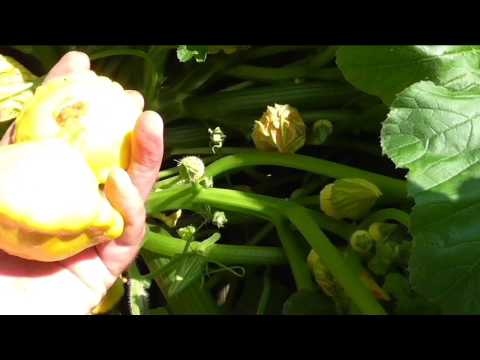

Watch this video on YouTube
The most popular of all varieties of squash with a purple bark is Bingo-bongo: the ripening time of such an early-ripening variety is about 40 days, the weight of the fruits is about 0.45 kg, their pulp is juicy.
Squash varieties with dark green fruits
- Gosh... This early variety has a milky pulp and a crust of a dark, almost black color.
- Chunga-Changa... The average ripening variety differs in yield. Delicate and juicy fruits have a dark color, their weight is about 0.7 kg.
Hybrid varieties that have appeared relatively recently
- Chartreuse F1... The color of the fruit is dark green, almost black. The pulp is very tender.
- Solar Blast F1... This early ripe compact bush variety has rich yellow small fruits weighing about 100 grams. The dense flesh has a creamy color and not a very large number of seeds.

